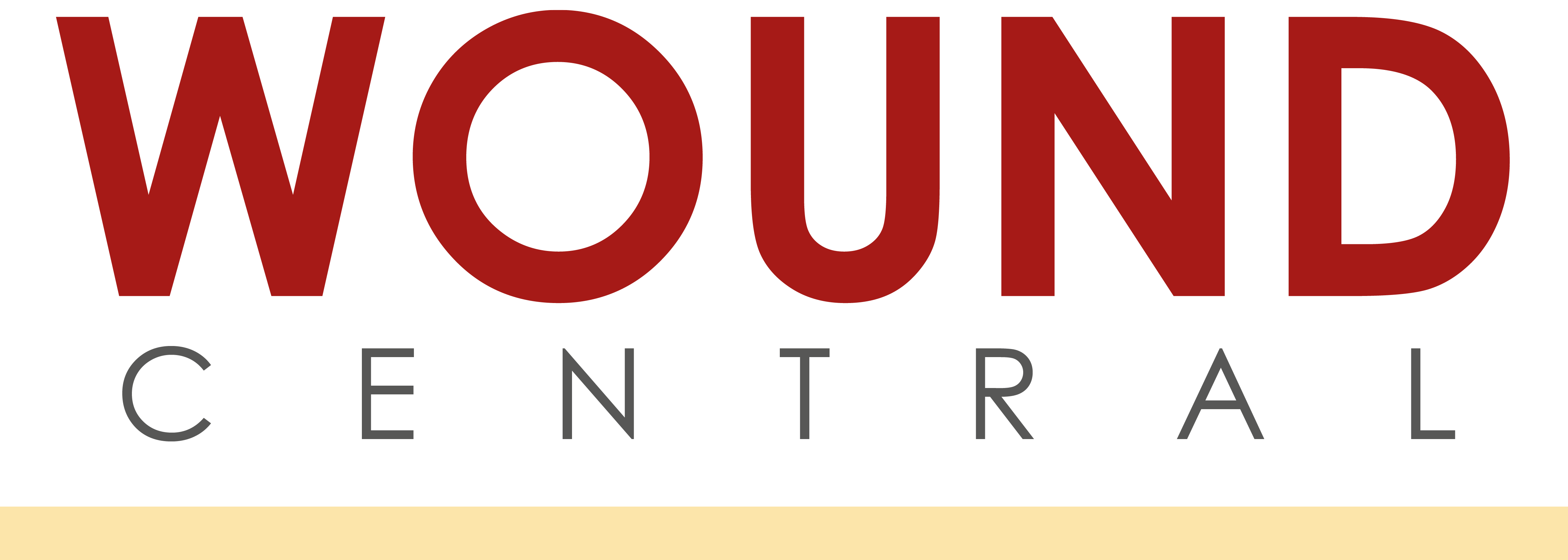References
Optics are the astronomy of wound healing

For years I have marvelled at the images of brilliant galaxies and hidden planets relayed from the Hubble Space Telescope to my humble laptop screen. I jealously wished that research studies and general practice in wound healing could incorporate such eloquent technology. In reviewing articles published in the Journal of Wound Care over the last year, several manuscripts caught my attention. In these publications, researchers repurposed the optical physics that bring supernovas into view to visualise haemoglobin and bacteria in hard-to-heal wounds and devise light-based therapies to accelerate healing.
In comparison to NASA's massive telescope technology, woundologists have progressed only to a Galilean level; however, these first generation instruments allow visualisation of previously unseen causes of wound failure. The first series of articles evaluates the use of fluorescence imaging to detect bacteria in hard-to-heal wounds, burns and in patients receiving negative pressure wound therapy (NPWT).1,2,3 The procedure entails illuminating the wound with violet light at 405nm. Bacteria contain porphyrins and pyoverdines that are excited at this wavelength and emit a red or cyan light. Filters in the device allow detection of this fluorescence. If the bacterial load equals or exceeds 104 bacteria/gram of tissue, the clinician can identify areas of red and or cyan fluorescence in the wound bed or surrounding skin. The pilot study confirmed that the fluorescence correlated with bacterial load.1 The second publication applied this technology to burns with similar success in detecting bacteria in acute wounds.2 The third manuscript revealed the large amount of bacteria present in the sponges used in NPWT.3 This fascinating finding will guide further investigation into the role of bacteria in wounds treated with NPWT.
Register now to continue reading
Thank you for visiting Wound Central and reading some of our peer-reviewed resources for wound care professionals. To read more, please register today. You’ll enjoy the following great benefits:
What's included
-
Access to clinical or professional articles
-
New content and clinical updates each month

